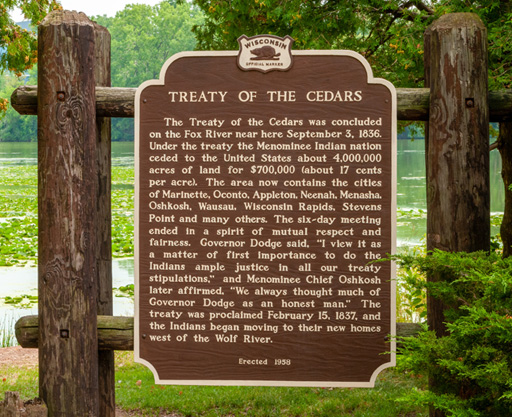Wisconsin’s Indigenous Heritage: A Journey Through Native American Tribes
Wisconsin’s landscapes are woven with the rich traditions and histories of its Native American tribes. Visiting the homelands of the Ho-Chunk, Menominee, Ojibwe, Potawatomi, and Oneida nations felt like stepping into the heartbeat of Wisconsin’s earliest societies. Each tribe has a unique story, stretching from pre-colonial times through their encounters with European settlers, and into their continued presence and contributions today.

The Menominee people, for example, are known as the original inhabitants of northern Wisconsin. Their deep knowledge of the forest and sustainable practices allowed them to thrive for generations, even as they faced land cession pressures from the U.S. government in the 1800s. The Ho-Chunk, who lived along the rivers and plains of southern Wisconsin, were known for their resilience, enduring forced relocations but ultimately returning to their homeland. The Ojibwe, Potawatomi, and other tribes were also deeply connected to the lakes and forests, each shaping Wisconsin’s identity in profound ways.
Walking through reservation lands and visiting cultural centers, I was moved by how each tribe has held onto their cultural practices, despite historic hardships. Language preservation, traditional crafts, and community gatherings have kept these traditions alive, bridging the past with the present. Seeing these efforts up close reminded me that Wisconsin’s Native American tribes are not only a vital part of the state’s history but an essential, thriving part of its present and future.
For anyone curious about Wisconsin’s Native American heritage, visiting local tribal museums and cultural centers is a powerful way to learn and connect with the depth of indigenous histories and contributions that continue to enrich the state.
